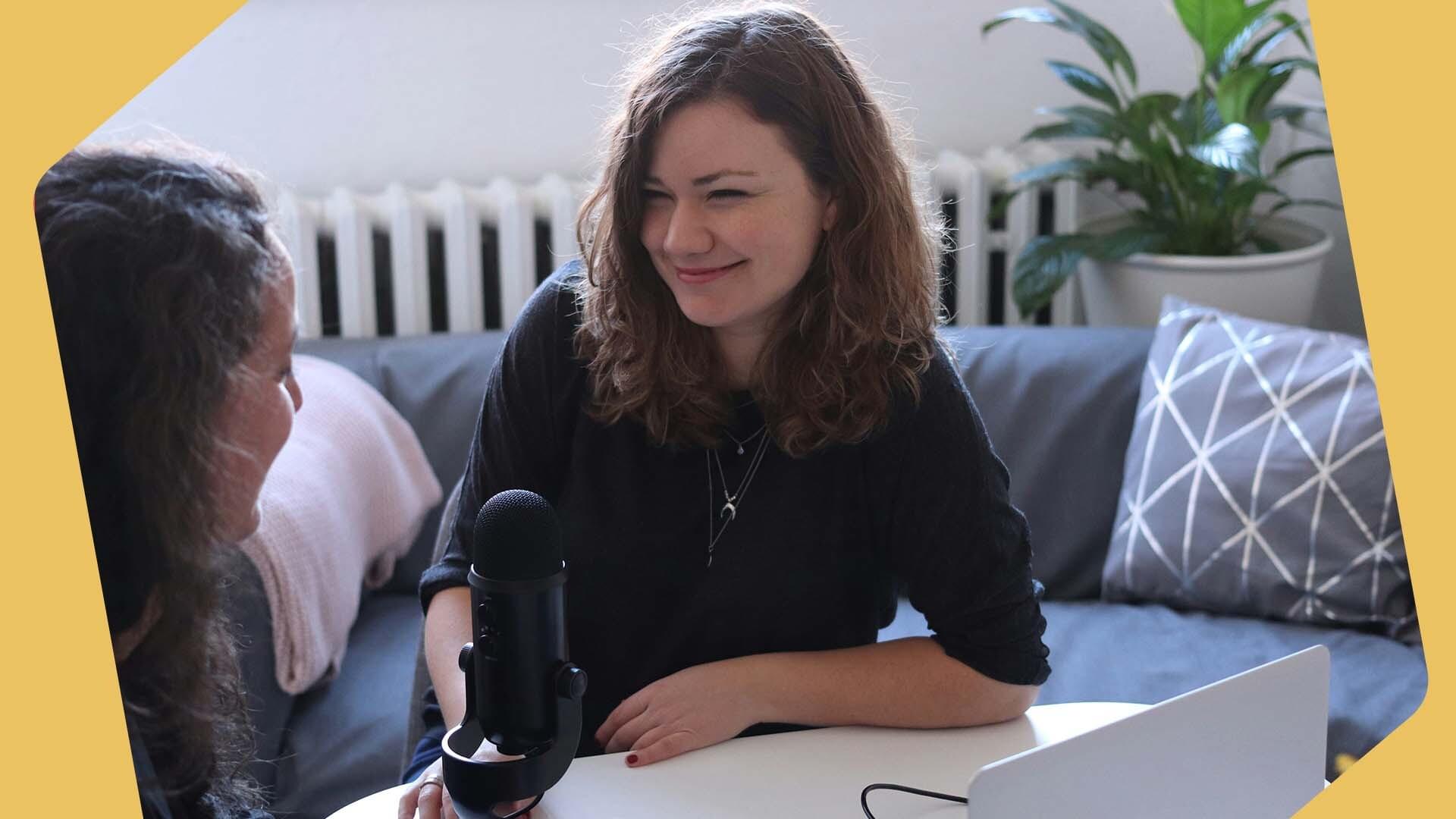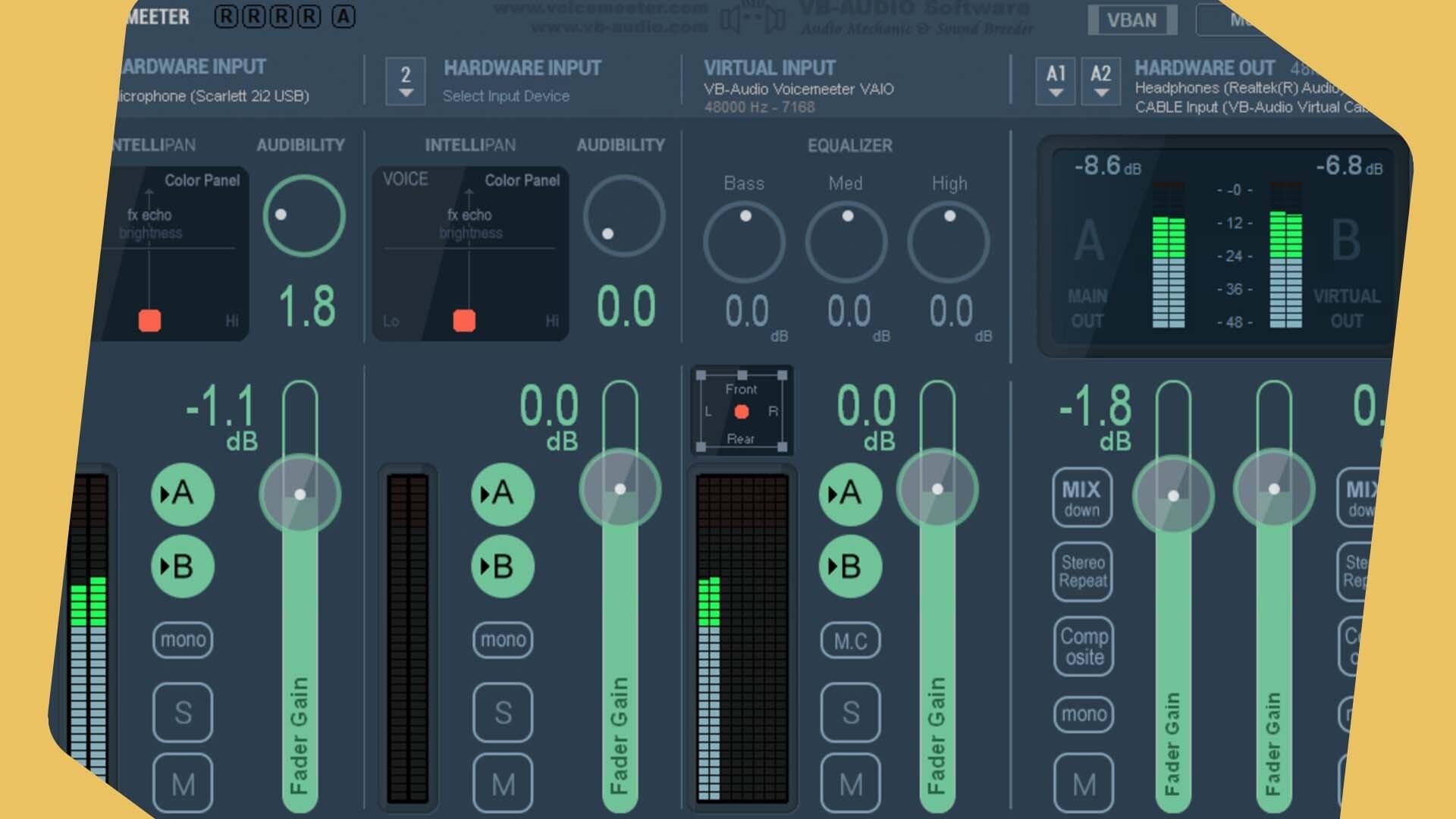The Moth Radio Hour: 5 Expert Tips for Broadcasters
Learn from the best-in-the-business. Here are 5 expert tips for broadcasters from the super-successful show: The Moth Radio Hour.
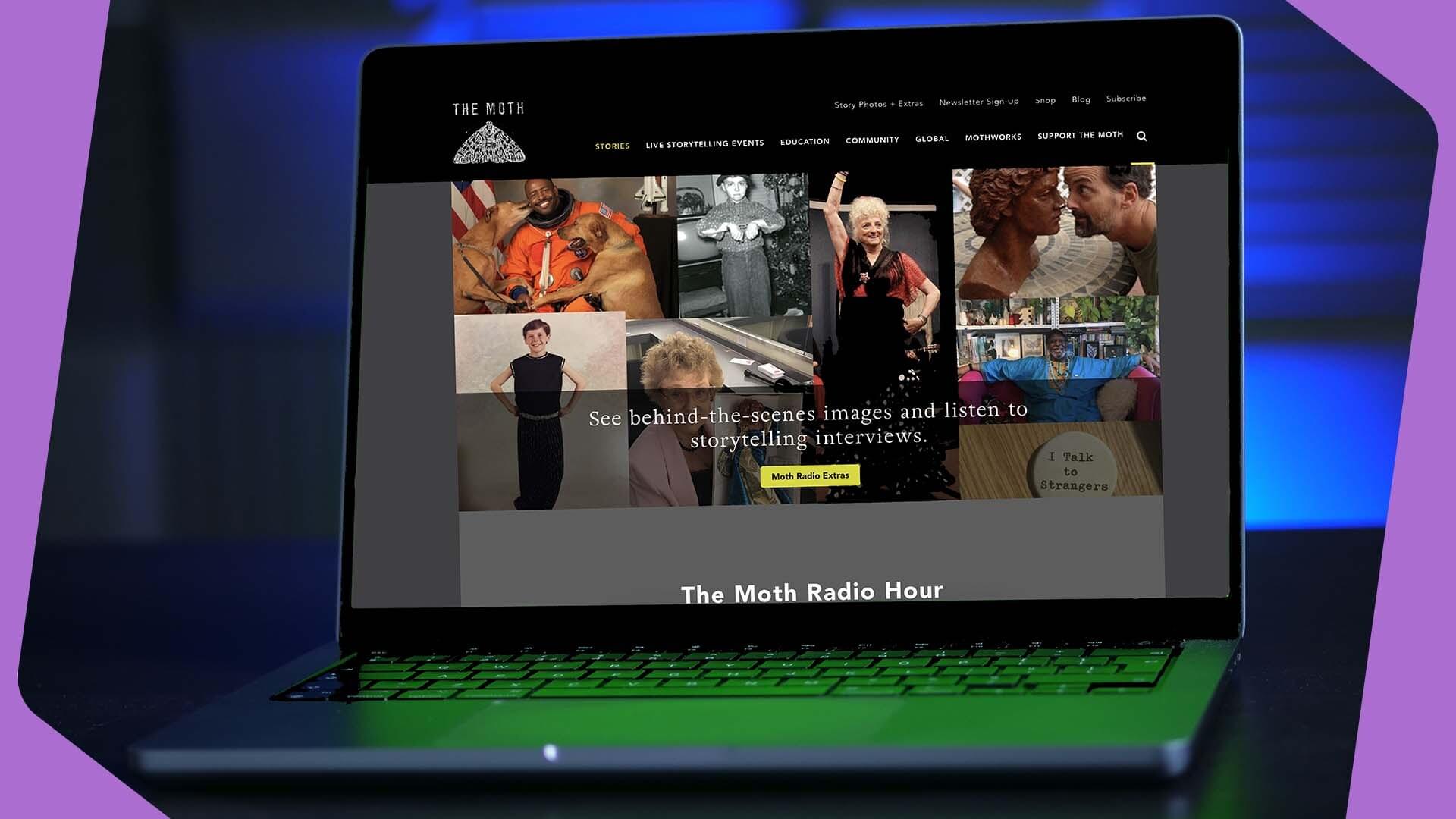
Looking for expert advice on how to improve your broadcasting? The Moth Radio Hour's credentials are hard to beat.
It racks up over 1 million listeners per week and is aired on over 500 radio stations. It's won a Peabody award, and grew in to one of America's most successful podcasts. If you're after a super-successful radio show - this is it.
We heard from artistic director, Katherine Burns, about the art of storytelling. Along with 5 tips that other broadcasters can put in place.
Where Can I Listen to The Moth Radio Hour?
The Moth Radio Hour is syndicated across over 575 radio stations. Most of these are in the US, but The Moth Radio Hour also airs in Australia, Canada, France and the UK.
See what stations near you broadcast The Moth Radio Hour here.
5 Tips From The Moth Radio Hour
Tip #1. Show All Sides of You for Human Connection
Humans make radio. Despite the chatter about AI, it's the human element that keep listeners returning. But this doesn't always mean being your shiny, happy version of yourself.
The audience just want you to be real.
What makes The Moth stories so compelling is how they reveal misfortune. Rather than celebrate triumphs.
“A willingness to be vulnerable is the number one quality all storytellers across so many mediums share..

...what connects us is our foibles. Our missteps are what make us interesting and really connect us with each other.
By all means, broadcasts should be smooth from a technical point. But with presenting, showing your less polished sides helps remind listeners you're a real person - just like them.
Tip #2. Dig Deep To Develop Your Stories
With radio shows to fill, having enough to talk about can seem daunting. But it's digging deep into your own and your guests stories that'll make them more powerful.

The Moth team know there is a craft to storytelling. They coach their would-be storytellers to help make their story really sing. The starting point is finding the right story, so the first question they ask is:
What are the stories that when you have a new boyfriend, a new girlfriend, or a new best friend - that you can’t wait to tell them?
They believe there is a reason why we keep telling anecdotes. And that's because there's usually a bigger meaning in them. By listening and asking questions, they coax the bigger meaning out:
Of all the stories in the world that they could be telling, why are they telling that one, right now?
And this makes the story more compelling. Finally, the other element is that the storyteller must be different at the end of the story, to how they were at the start.
Change is very important. Some change must occur to the storyteller as a result of what happens in the story.
Tip #3. Reassure Your Guests
Interestingly, The Moth storytellers were often worried about two things: forgetting a detail or being too anxious.
But The Moth staff didn't see these things as a big deal. If storytellers were anxious, the audience would love them more. If they forgot a part of the story, the audience wouldn't mind them adding it in later down the line.
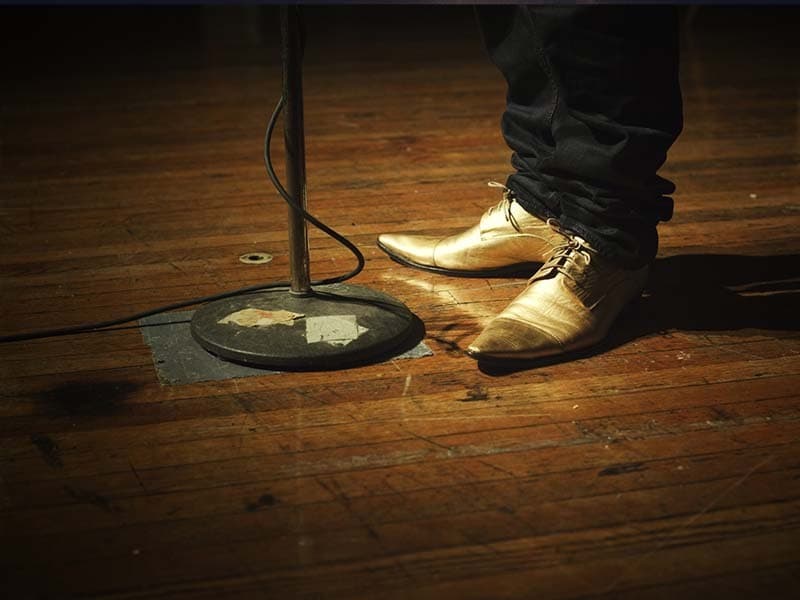
By the same measure, a radio guest might worry about something unnecessarily. As the broadcasters, it's our job to hear these concerns and reassure the guests. This might be a fear of coming across a certain way, or a lack of confidence in the equipment. Do what you can to make the process as painless as possible for guests.
Tip #4. Use a Live Audience To Add Energy
Most of The Moth Stories are told live, to an audience. At the same time, they're recorded for broadcast. Although this is a-typical for a radio-show, it's offered the show the benefit of an added dynamic.
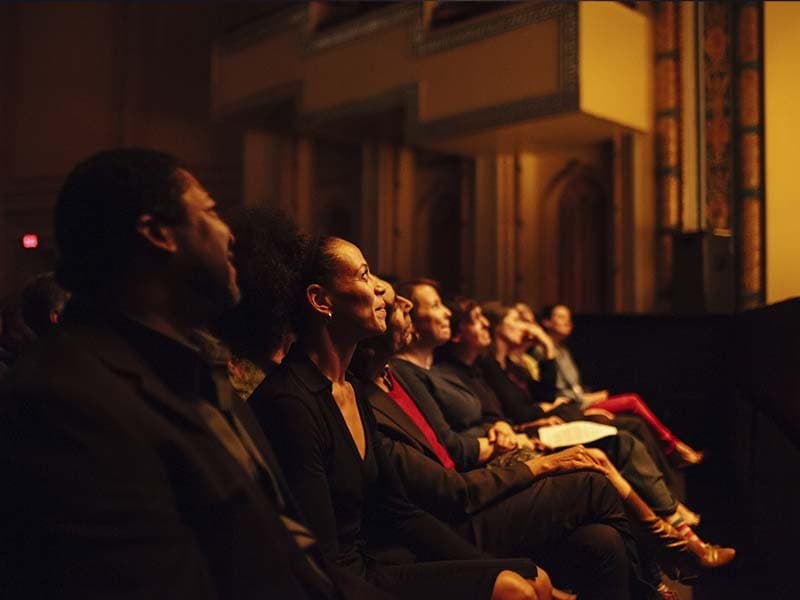
Crucially, the story-tellers can bounce off the energy in the room. And are often more animated and expressive than if they were just re-telling their story on their own.
"There's a little bit of a dialogue between the audience and the story-teller when we record them live. It's kind of a dance that's fun to watch.
Of course, this isn't going to possible for many radio shows. But it's a useful reminder to have your guests talk directly to you, rather than pre-record on their own. For many people without broadcasting experience, speaking to another person is more natural than speaking on their own.
For special radio shows, it may be worth exploring the live events route. As it's also a great way to bring people together in your community.
Tip #5. Set up a Call Line
In the everlasting reign of social-media, it's all too easy to rely on this as your main contact method. But The Moth team think it's worth going old-school with a phone line if you can:
I can recommend having some way for your listener community to call in. We find it’s just incredible, the people who call.
The Moth Radio Hour's pitch line receives 500 calls a month. Whether your listeners are 18 or 80, they are likely to have a phone. And that can't be said for a platform like Facebook or TikTok. To ensure your listeners can contact you, a phone line is ideal. The benefits of having an active audience really can't be understated. Listener feedback and participation are worth their weight in gold.
To Wrap Up
These tips focus in on every radio station's biggest asset, its people. Investing in your relationship with your listeners is the best way to ensure the success of your radio show. Will you be putting any of these tips in to action? Let us know over on Facebook, Twitter, Instagram or TikTok.


